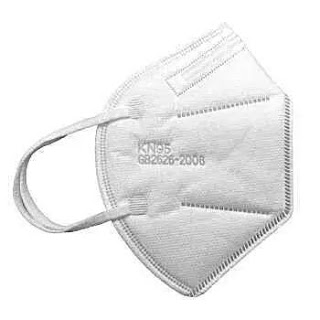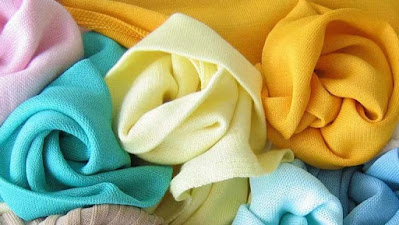How to Distinguish Between KN95 and N95 Masks: Standard Full Comparison

The origin of KN95 and N95 KN95 mask according to Chinese standard GB 2626-2006, “respiratory protection products self-suction filtered anti-particle respirator”, the filter element is divided into KN and KP according to the filtration performance. KN is suitable for filtering non-oily particles, KP is suitable for filtering oily and non-oily particles. The product is marked as GB2626-2006 standard, KN95 type. According to the level of filtration efficiency, the level of filtration elements, the face masks can be divided into six categories of KN90, KN95, KN100, KP90, KP95, KP100 (of which the full mask does not include KN90 and KP90). KN95 mask is a non-oily particulate filtering efficiency of more than 95% of the self-absorbing filter anti-particle respirator. The N95 mask is certified in accordance with Appendix K-Filtered Particulate Filters of NIOSH-42CFR Part 84, Standard Certification for Respiratory Protective Equipment. Appendix K divides ...
